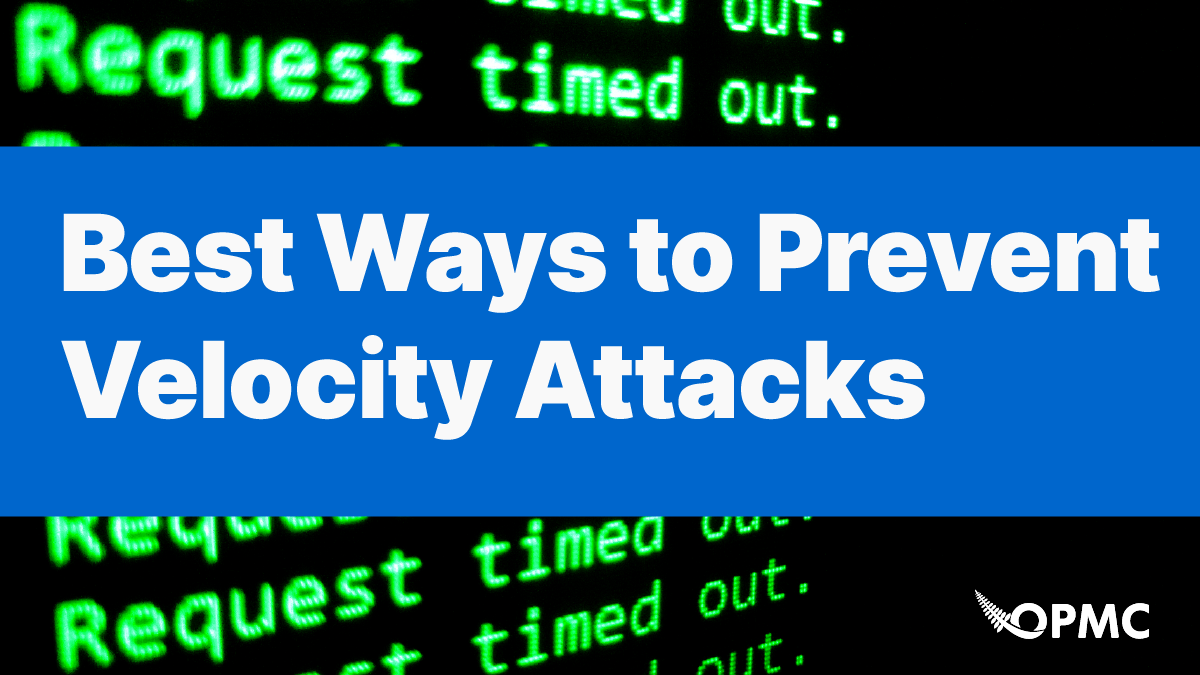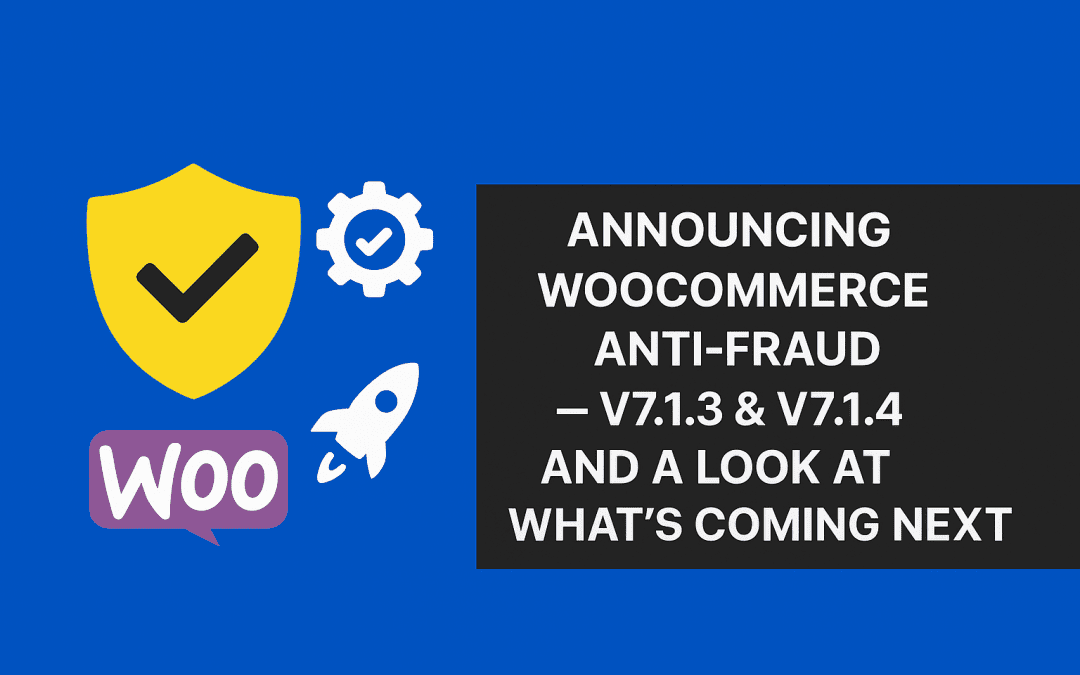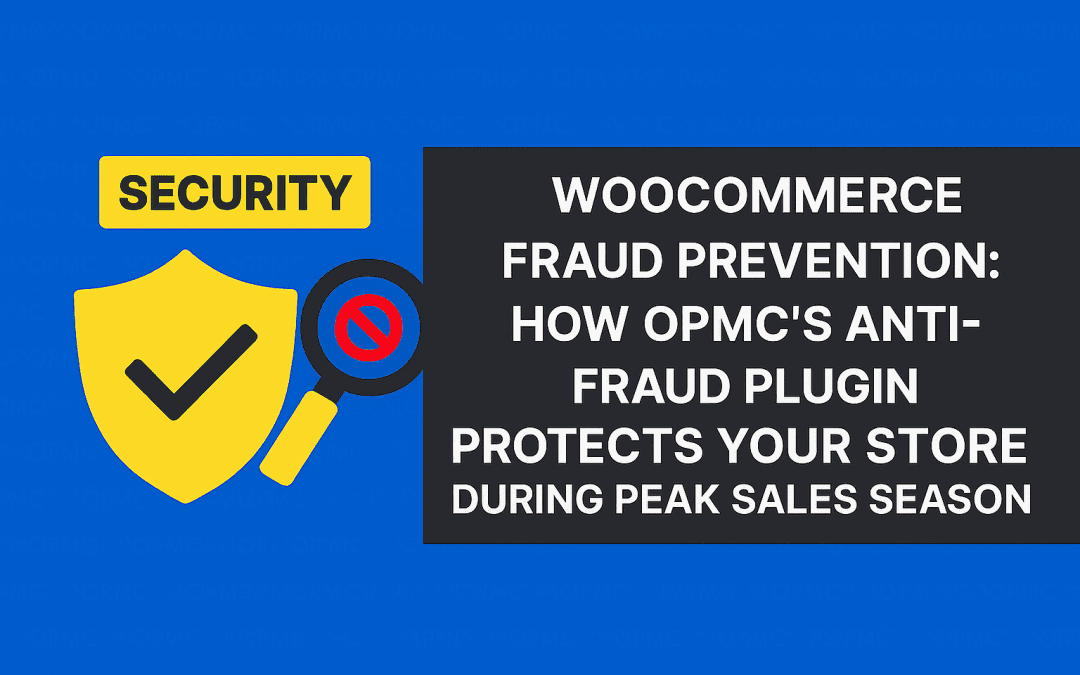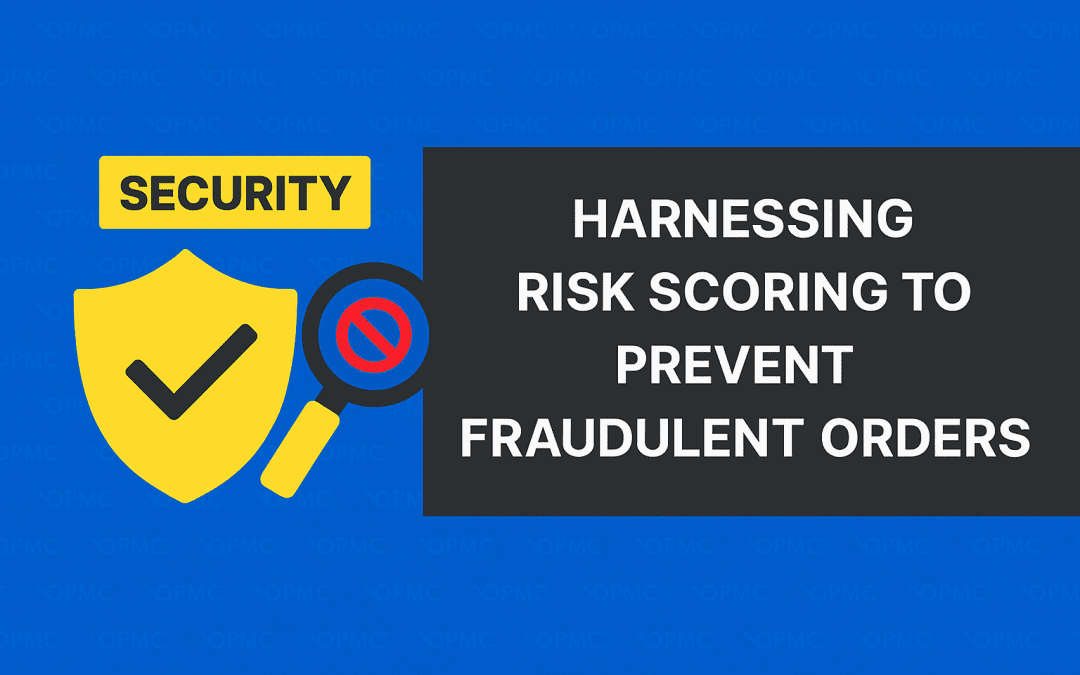Between 2019 and 2020, the total number of identity thefts reported was up by 113%. Credit card fraud accounted for nearly 400,000 of those complete transactions. That’s billions of dollars yearly being lost to small, medium, and enterprise-level businesses trying to sell products, create jobs, and form a lasting company. With so much fraud out there, how do you protect your own ecommerce store from velocity attacks? We’ve put together a quick list of the best resources and tips to stop fraudsters from using velocity attacks and stolen credit card numbers that cause you thousands of dollars worth of damage.
What is a Velocity Attack?
At its core, a velocity attack is a type of fraud that involves someone trying to submit a debit card or credit card to make an unauthorized purchase on your eCommerce storefront. It becomes a “velocity” fraud when these people use automated tools to attempt hundreds or thousands of illegal transactions through your online store’s payment system.
This could mean you start your day with a massive bill from your merchant account for all those criminal transactions. Even the most advanced payment processor may not have everything set up correctly to prevent this from happening. It’s up to you to defend your store and, more importantly, your profits.
Best Ways to Prevent Velocity Attacks
1 – Filter visitor traffic
Fraud prevention is often most effective when proactive. For example, being able to put a rule in place that checks whether or not a buyer is ordering products from a known bad IP address, poor location data, or a country/region you do not deliver to can save you thousands of dollars.
This kind of fraud protection filter blocks such users from targeting your WooCommerce online store, so you are not stuck trying to figure out which orders are authentic and which are criminals trying to earn a quick buck.
2 – Control the Number of Attacks in a Defined Timeframe
Velocity attacks are called that because they involve hundreds to thousands of transactions in a small amount of time. Placing a filter or setting on your eCommerce store that prevents such rapid order volume allows you the fraud protection needed, so you do not get taken advantage of in the short term.
This could involve checking if an order significantly exceeds the average amount for your site, limiting the number of attempted orders per user in a time frame, or a general time setting of something like midnight and 3 am when you know fraudsters can be most active.
3 – Engage a Security Check – reCAPTCHA
You may think all those security checks on websites forcing you to identify all the bicycles in photos are annoying, but from a WooCommerce store owner’s perspective, they are the first line of defense.
These reCAPTCHA security checks eliminate bots from automatically entering data into your payment forms and then running transactions illegally. As a result, you are preventing criminals from spamming your merchant account with thousands of unauthorized payment requests.
4 – Enable CVV Filters
The CVV is the Card Verification Value number, usually on the back of a credit card. While criminals can purchase this number as well as other stolen card information, it adds another layer of protection from velocity attacks exposing your site to financial damage.
5 – Address Verification Filter
By engaging this feature, you can match the billing and zip code of the person attempting to make a purchase with the information of the supporting bank. If the account owner is using the incorrect zip, the payment will not go through. All you’re doing is asking the backing financial institution to verify this as normal activity for this user.
More Frauds are Coming with Web3 and the Metaverse
As you’re no doubt aware, the world of technology is ever-changing. In less than a decade, we’ve seen the rise of blockchain technology and Web3—the next-generation web platform that includes virtual reality (VR), augmented reality (AR), IoT, AI, and facial recognition technology.
With all these new technologies available to us, it seems like an ecommerce fraudster could use them to commit an online crime in ways we haven’t even thought of yet.
For example, fraudsters may use virtual currencies or non-fungible tokens (NFTs) to conduct illegal transactions, or they may create fake virtual reality (VR) experiences to trick consumers. Businesses need to stay up to date on these emerging technologies and the potential risks they pose to protect against new forms of ecommerce fraud.
The Best Solution – OPMCs WooCommerce Anti-Fraud Plugin
While all of these filters and tips seem like a great idea, it can be overwhelming if you do not understand coding or how to create your own preventive system.
Luckily the expert development team at OPMC has a powerful WooCommerce Anti-Fraud plugin that not only protects against velocity attacks, but also features all of the options we listed above and more. You get added benefits like:
- Automated order rating to prevent fraud
- Block or Pause orders based on suspected fraudulent activity
- Alerts from orders from specific countries, emails, or IP addresses
- Preventing proxy orders
- Detecting multiple purchases from the same IP
- Auto blacklisting of unsafe accounts or emails
- And a whole bunch more!
Why expose that online store you’ve spent so much time, money, and energy building?
Pick up an all-in-one fraud protection tool to stop fraud and other activities like velocity attacks on your storefront. Learn more about our WooCommerce Anti-Fraud Plugin today and boost your store’s security so you can focus on building profits and automating everything to give you more time!
Download WooCommerce Anti-Fraud today
WooCommerce Anti-Fraud assigns a score to orders as they are placed. The higher the score, the higher the risk of fraud.




